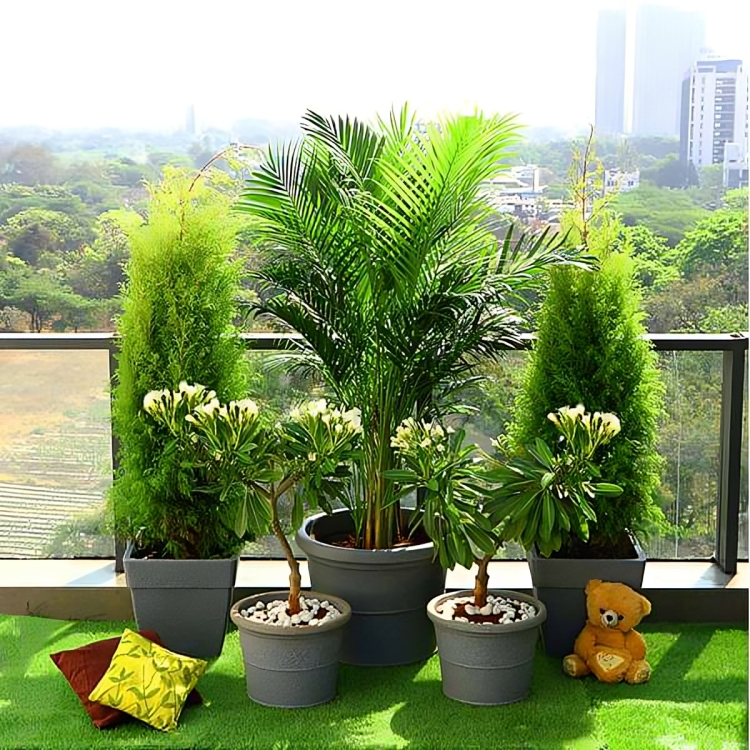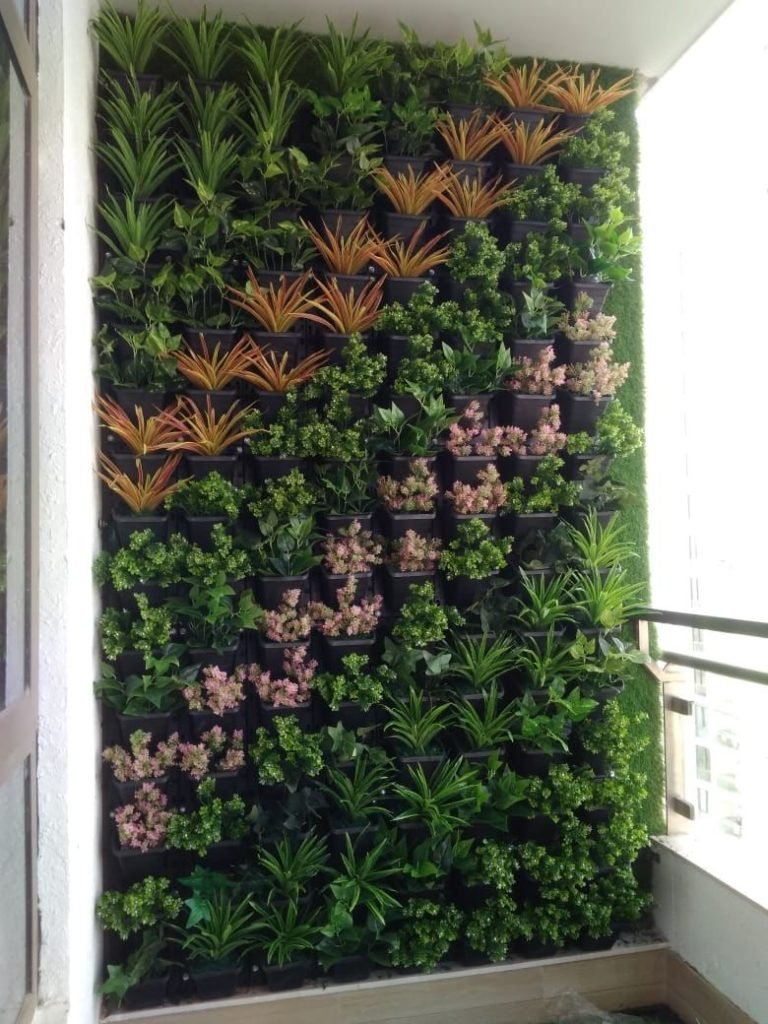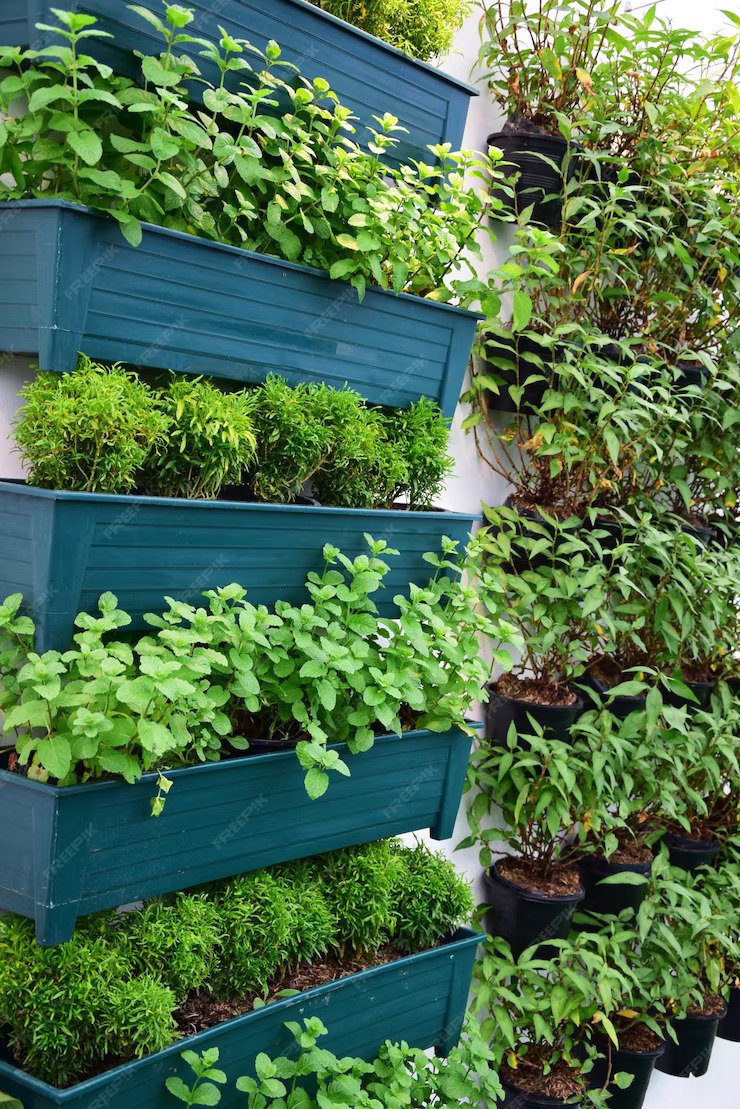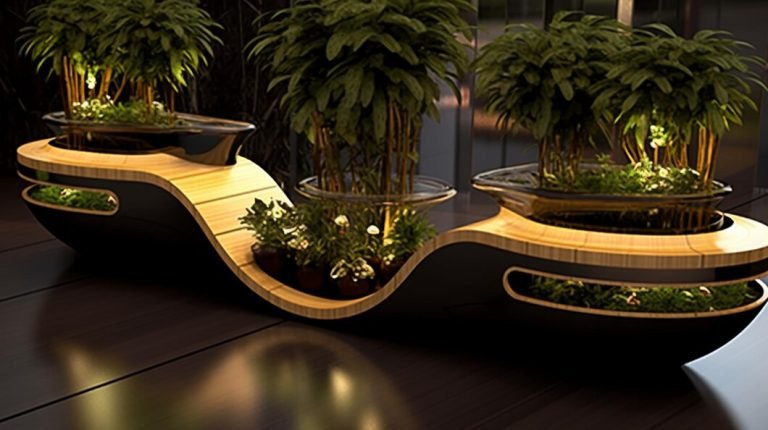Crafting Natural Bliss A Comprehensive Guide to Landscaping & Garden Design.
Landscaping and garden design are art forms that transform outdoor spaces into beautiful, functional havens. Whether you have a sprawling backyard, a cozy courtyard, or a balcony, creating an inviting landscape enhances the aesthetics of your home while providing a space for relaxation and enjoyment. In this article, we will explore the principles of landscaping and garden design, offering insights and tips for cultivating your outdoor oasis.
To Know More About It Please Click Here
- Planning Your Landscape: Successful landscaping begins with a well-thought-out plan. Consider factors such as the size and shape of your outdoor space, sunlight exposure, soil quality, and your personal preferences. Create a rough sketch or digital design to visualize your ideas before implementation.
- Design Elements:
- Plant Selection: Choose a variety of plants that thrive in your local climate. Consider factors such as color, size, and bloom times to ensure a dynamic and visually appealing landscape.
- Hardscape Features: Integrate elements like pathways, patios, or decks to define and structure your outdoor space. Materials like stone, wood, or pavers can add texture and interest.
- Water Features: Incorporate water elements such as fountains, ponds, or waterfalls for a tranquil and soothing atmosphere.
- Outdoor Structures: Install pergolas, arbors, or gazebos to provide shade and architectural interest.
- Creating Functional Zones:
- Entertainment Areas: Designate spaces for outdoor dining, seating, or recreational activities.
- Gardening Beds: Plan areas for planting flowers, shrubs, or even a vegetable garden. Raised beds can add dimension and make gardening more accessible.
- Relaxation Corners: Include cozy nooks with comfortable seating and perhaps a hammock for moments of relaxation.
- Sustainable Landscaping:
- Native Plants: Opt for indigenous plants that require less water and are naturally adapted to the local environment.
- Water Conservation: Install efficient irrigation systems, collect rainwater, and choose drought-tolerant plants to promote water conservation.
- Composting: Create a composting system to recycle organic waste, enriching the soil naturally.
- Seasonal Appeal:
- Year-Round Interest: Select plants that provide interest in different seasons, ensuring your garden remains vibrant throughout the year.
- Seasonal Decor: Integrate seasonal decorations, such as outdoor lighting, seasonal flowers, or themed ornaments, to enhance visual appeal.
- Maintenance and Care:
- Regular Pruning: Keep plants well-maintained through regular pruning to encourage healthy growth and maintain the desired shape.
- Weed Control: Implement strategies for weed prevention, such as mulching or ground cover, to minimize the need for constant weeding.
- Fertilization: Feed plants with appropriate fertilizers to ensure they receive essential nutrients for robust growth.
- Personal Touch:
- Art and Decor: Infuse your personality into the landscape with artistic elements, sculptures, or outdoor artwork.
- Lighting: Illuminate your garden with strategic lighting to create ambiance and extend usability into the evening.
To Know More About It Please Click Here
Conclusion: Landscaping and garden design are dynamic processes that allow you to express your creativity while fostering a connection with nature. Whether you have a green thumb or are just starting, the key is to envision and create a space that brings you joy and relaxation. With thoughtful planning, sustainable practices, and ongoing care, you can cultivate a landscape that not only enhances the beauty of your home but also becomes a source of personal satisfaction and enjoyment.







